Francis Bacon: Human Presence at the National Portrait Gallery

“People believe – simple people at least – that the distortions are an injury to them,” remarks Francis Bacon in Fragments of a Portrait, his 1975 television interview with his friend and art critic David Sylvester. The grainy black-and-white clip plays down the main hall of the National Portrait Gallery, which houses Francis Bacon: Human Presence, the latest exhibition on the artist and a celebration of his radical challenge to ideas surrounding, not only portraiture, but also the human condition in the 20th century.
Whether it is a lover, friend, stranger at a bar, an amalgamation of all three, or himself – Bacon’s subjects fall equitably to his brutal treatment of the human form. Every figure in the 55 portraits displayed is twisted, blurred, and eroding into abstraction – without any hint of favouritism or flattery. One of the 11 nude portraits of his companion painted between 1963 and 1969, Henrietta Moraes (1966) distorts not just the model’s face but her reclining figure with splats of black and sickly yellow. And in Study of George Dyer (1970), his lover’s strong and distinctive profile that Bacon admired is highlighted at the expense of erasing his features for a spectral effect void of any romance.
For the figurative painter, distortion was a way of peeling back the veneer of appearances to look at what’s underneath. His paintings are far from portraits in the traditional sense – the subjects are barely human and are better characterised as manifestations of the human experience. His abstraction brings tension between the mind and body creating an undercurrent of unease that pulses in the exhibition’s rooms. The bodies resist the space they occupy, trapped in the claustrophobic confines of the canvas. They are brutally blurred with violent smears of paint and writhing against invisible forces.
Francis Bacon: Human Presence offers a compelling exploration of the artist’s enduring obsession with the interplay between mind and body. Through a selection of his works, paired with representations of the artist in photography to video, the show recasts Bacon’s journey with a pointed emphasis on his relentless focus on flesh as a site of the soul’s suffering. His centrality in the discourse of modern art means that many of the paintings comprising the exhibition have been continually revisited; yet, there remains an inexhaustible depth to them that invites fresh interpretations. As October advances, with twilight deepening and the air turning cold, the haunting resonance between Bacon’s ghostly, humanoid forms and the wilting world outside becomes profoundly palpable.
Christina Yang
Image: Triptych: Three Studies for Portrait of Lucian Freud, 1965 by Francis Bacon © The Estate of Francis Bacon. All rights reserved, DACS 2018
Francis Bacon: Human Presence is at the National Portrait Gallery from 10th October 2024 until 19th January 2025. For further information or to book visit the exhibition’s website here.

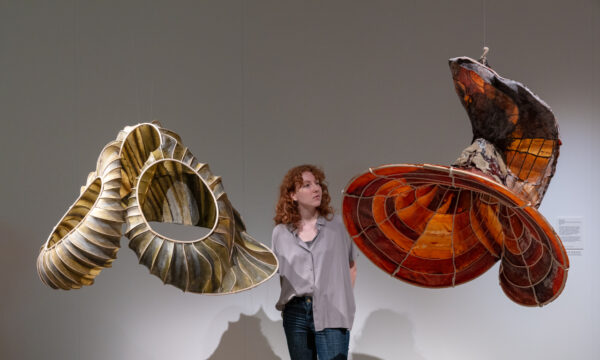
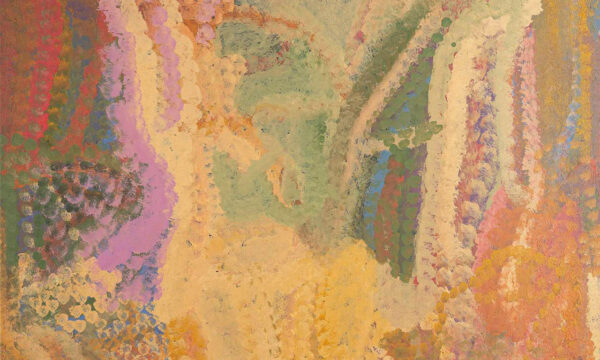

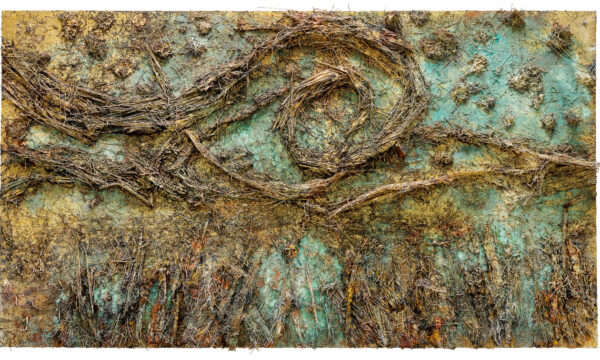
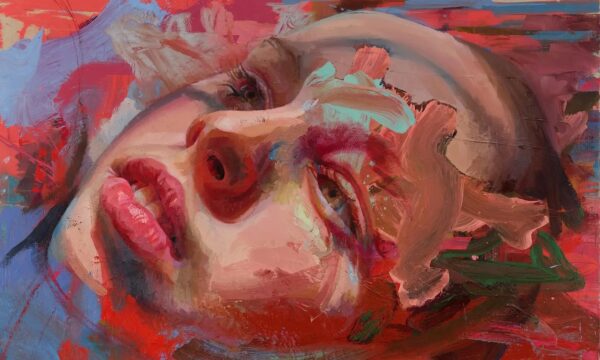

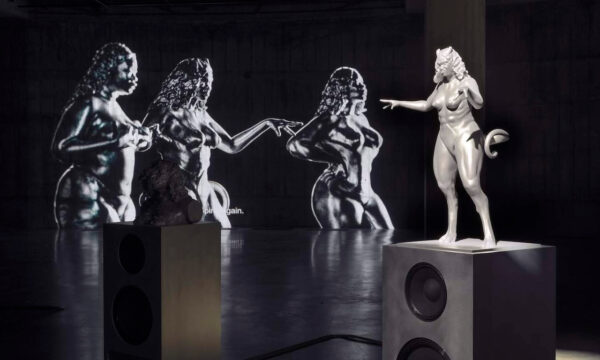
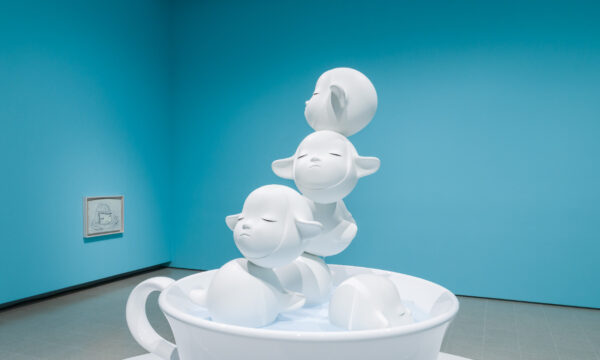
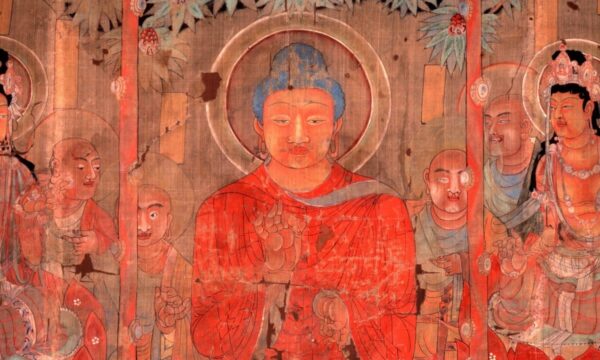
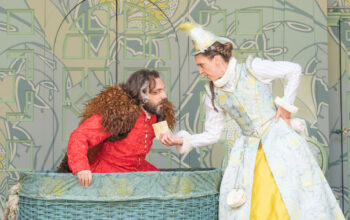



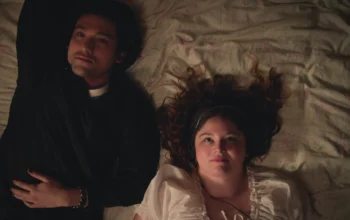
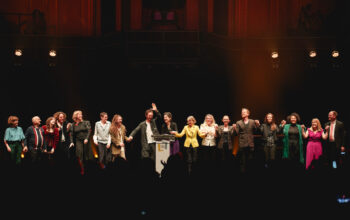
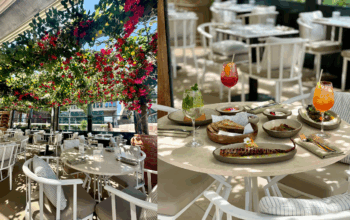





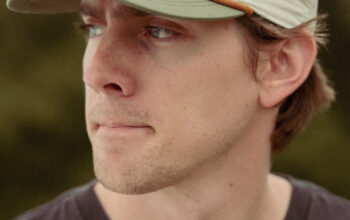


Facebook
Twitter
Instagram
YouTube
RSS